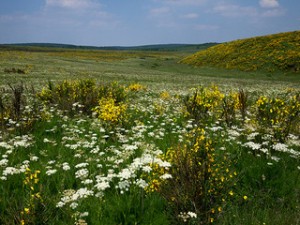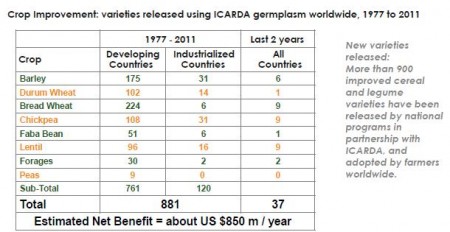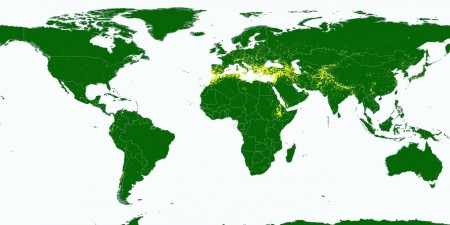Speaking of return on conservation actions, which we sort of were a couple of days back:
A new study has produced the first indicative estimate of the overall economic benefits provided by the Natura 2000 network. It suggests that the value could be currently between €200 and €300 billion per year, or 2% to 3% of the EU’s Gross Domestic Product.
That’s from one item in a special Thematic Issue of the European Commission’s news alert organ Science for Environment Policy which focuses on “Management and Monitoring of the NATURA 2000 Network,” (pdf) a network of protected areas that is described in the editorial introducing the issue as the “cornerstone of EU biodiversity policy.”

- What does ‘wilderness’ mean?
- First EU-wide economic valuation of Natura 2000 network
- Improved local management needed for the Natura 2000 network
- Natura 2000 Case Study Hoge Kempen: from coal mining landscape to oasis of biodiversity
- Improved communication about Natura 2000 may help resolve landowner conflicts
- Ecotourism: protecting the nature of Natura 2000 in Latvia
- Natura 2000 Case Study Slitere National Park: sustainable tourism in a Natura 2000 site
- Natura 2000 Case Study Eurosite – Adaptive Management of Natura 2000 sites
- Protected areas act as stepping stones for nature in the face of climate change
- New Belgian approach to favourable conservation status for habitats and species of European interest
- Sustaining the Natura 2000 network through LIFE
We’ve talked before about Natura 2000 in the context of conservation of crop wild relatives. I’m willing to bet that return on investment doesn’t take into account any species important in crop improvement that the network happens to be protecting. But if you know better, let us know.

